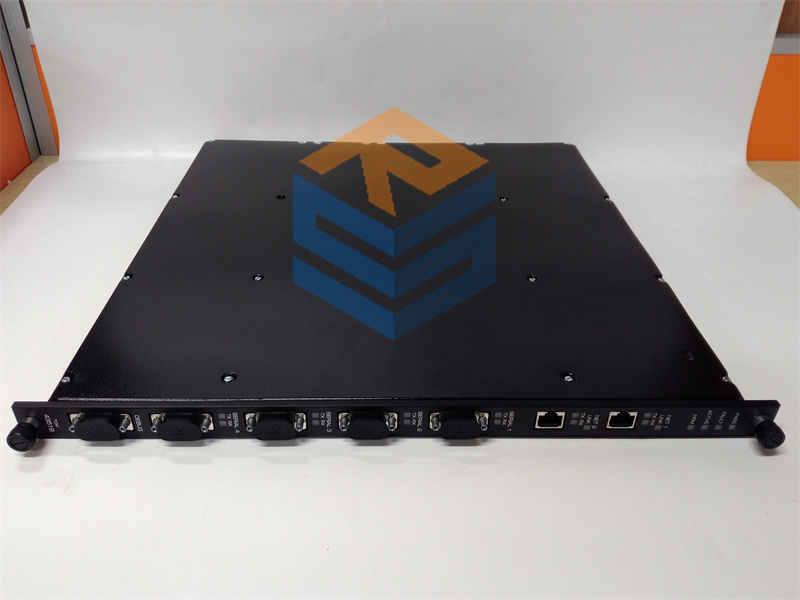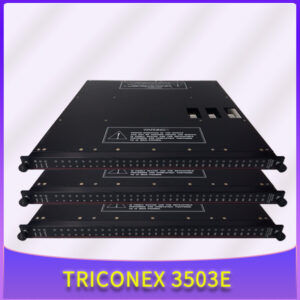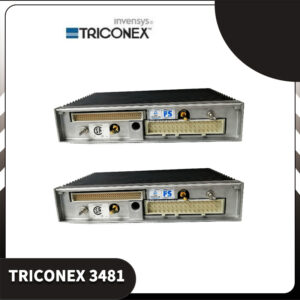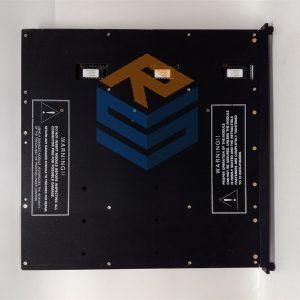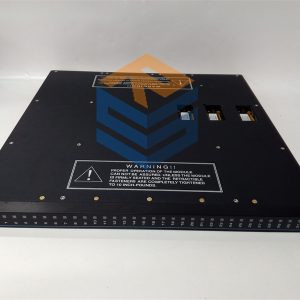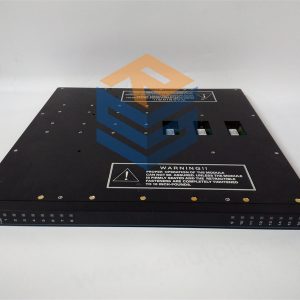Description
TRICONEX 2000417
PLC is a device specially developed for industrial automatic control. Usually, PLC uses “natural language” programming oriented to control process and problems. The products of different manufacturers use different programming languages, such as ladder diagram, statement table, control system flow chart, etc. In order to enhance the various operation functions of PLC, some PLCs are also equipped with BASIC language, and are exploring the use of other high-level languages for programming.
The PLC products produced by FANUC, Lishi, Mitsubishi and Fuji in Japan all adopt ladder diagram programming. When a programmer is used to input a program to the PLC, the general simple programmer uses the code table for input, and the large programmer can also use the ladder diagram for direct input. In many PLC products, due to different manufacturers, the representation method of the instruction system and the mnemonic in the statement table are also different, but the principle is completely the same. In this book, we take FANUC-PMC-L as an example to introduce the PLC instructions applicable to the control of CNC machine tools. In FANUC series PLC, the specifications and models are different, but the number of functional instructions is different. For example, there are 23 FANUC-BESK PLC-B functional instructions developed jointly by Beijing Machine Tool Research Institute and FANUC Company. In addition, the instruction system is completely the same.
There are two kinds of instructions in FANUC-PMC-L: basic instructions and functional instructions. When designing sequential programs, basic instructions are used most, with 12 basic instructions in total. The function command is convenient for programming the special operation control of the machine tool. There are 35 function commands.
During the execution of basic and functional instructions, a stack register is used to temporarily store the intermediate results of logical operations. The stack register has 9 bits (as shown in Figure 1), and works according to the principle of FIFO and LIFO. When the current operation result is pushed in, all the original states of the stack are moved to the left by one bit; On the contrary, when the operation result is taken out, the stack is all shifted one bit to the right, and the last pressed signal is first restored to read.
MVME162-031 MOTOROLA module
3351 TRICONEX Spot
GFD233A ABB module
CFP-1808 NI brand new
T8461 ICS TRIPLEX(ROCKWELL)
IC697CPX772 GE module
5BC42AB2131C RELIANCE Spot
GESSBS-41T16N GESPAC
IS420UCSBH4A GE module
DSSR122 48990001-NK ABB module
140CPU67160S SCHNEIDER
6445-001-K-N PACIFIC
TVB6002-1/IMC 1381-644857-16 TEL
5KH39QNA002BX GE working principle
Use of 990A Parker
PXI-6052E How to maintain
9402 What about ICS TRIPLEX installation specifications
1C31222G01 Operation Procedure
EI803F ABB equipment common sense
Working principle and application of FCP270 P0917YZ
4E0021.01-90 B&R progress
8312 Proper use of TRICONEX
07DC91 Introduction
M1145018.00 Installation and transportation
PCI-8516 NI device common sense
ECU01.5 EMG features
All prices listed on the official website are subject to confirmation by contact: Wu Jiedong (manager).
Our product: brand new original packaging
Our warranty: All new or repaired parts have a 12 month warranty period beginning
Our payment: 100% telegraphic transfer of inventory items before shipment, conditions can be proposed!
If you have any downtime spare parts that you cannot find, please feel free to call or use email to contact me. If there are issues that the product cannot solve, please contact me. Product prices can be negotiated. Please do not consider contacting me!


